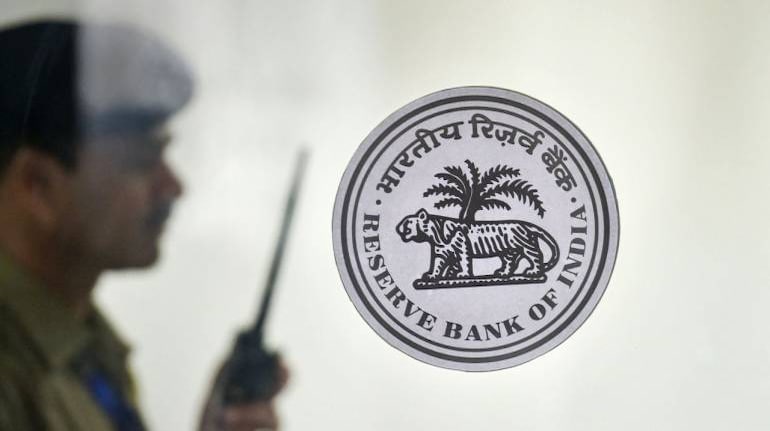RBI’s move to bring in more transparency on lending ensures that borrowers know who they are dealing with, upfront
Too many complaints of coercive loan recovery measures deployed by some fintechs and lending firms, apart from exorbitant interest rates being charged during the pandemic have come to the fore.
The Reserve Bank of India (RBI) on Wednesday directed banks, non-banking finance companies (NBFCs) and digital lending platforms to disclose all relevant information on their websites.
The fintech apps that you download on your smartphones, typically have a tie-up with a bank or an NBFC from where they source funds for onward lending. Borrowers say they seldom know which bank or NBFC their fintech app is associated with. This makes it difficult for them to register complaints about unfair practices.
RBI’s move comes at the right time as it pushes banks and NBFCs to adhere to the fair practices code guidelines while lending through digital platforms.
Disclose bank’s name on the app
At present, most digital lenders display only their own brands or loan products on their mobile apps and websites. Therefore, one of the major challenges for customers is that they don’t know whom to address while complaining to the RBI for any disputes. “It came to forefront during the loan moratorium period because most borrowers from digital lending platforms didn’t know whether they will get the loan moratorium or not. The requests for loan moratorium were rejected by some of the digital lenders,” says Parijat Garg, a credit scoring consultant.
Taking this into consideration, the RBI has directed banks and NBFCs to disclose the names of digital lenders engaged on their websites. Similarly, digital lending platforms have been asked to inform their customers upfront about the names of banks/ NBFCs on whose behalf they are disbursing loans. This information has to be shared irrespective of whether banks or NBFCs lend through their own digital lending platform or through an outsourced lending platform.
Sunil Khosla, Head-Digital Business of India Transact Services says, “In this way, customer interest is safeguarded and they will know who is at the backend as funding partner to digital lending platforms. Also, the customer will know whom to complain to for any issues to RBI.”
Challenges due to multiple lending partners
Digital lenders partner with multiple banks and NBFCs. Garg says, “On websites, disclosures are usually static, which state that you may get a loan from any of the partnered banks / NBFCs.”
Digital lenders have algorithms for evaluating the risk profile of the borrowers at their back end. They then distribute the loan portfolio amongst the banks/NBFC partners they have partnered with.
It is also possible that the money you borrow from your fintech lending app gets sourced from a pool of funds drawn from multiple banks. RBI says that your lending agreement must disclose the names of all such banks.
Some of the banks/NBFCs create short-term partnerships with digital platforms. For instance, after disbursing a certain amount, the partnership is discontinued. However, the websites/apps of several digital lenders are not updated so frequently with these partnership details. So, again, a consumer is unsure from which NBFC or bank the loan is disbursed.
Furnish sanction letter and loan agreement to customers
On digital lending platforms, the sanction letter and loan agreement remain hidden in the app and are difficult for customers to locate. Garg says, “Some of the digital lenders may not send loan agreement separately on your email for reference.” For instance, on short tenure loans of 7 to 30 days, the digital lending platforms do not have the mechanism to mail you an agreement copy of the loan.
Some of the digital lending apps don’t have the links to download the sanction letter and loan agreement. Only when the customer raises a request they are issued.
Now, the RBI wants to have a sanction letter issued to the borrower on the letterhead of the bank / NBFC concerned while applying for the loan. Also, a copy of the loan agreement shall be furnished to all borrowers at the time of sanction/ disbursement of loans.
Khosla says, “The above guidelines issued from the RBI are in favour of customers, bring in more transparency linked to the compliance and focus on improving the resolution process for customers.”
Moneycontrol’s take
While borrowers must repay their loans on time, it’s imperative for lenders and fintech apps to not turn coercive, especially during these pandemic times. Recovery bullies are frowned upon in a civil society. RBI’s move to bring in more transparency on lending ensures that borrowers know who they are dealing with, upfront. This, at least, puts the borrowers at ease during these difficult times.














